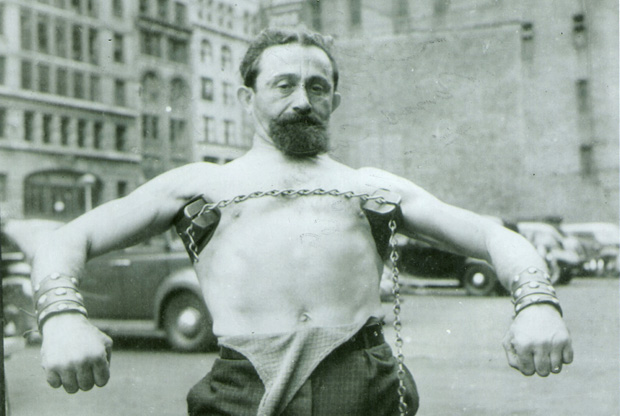Weakening into the Void
/Weakness is a door for returning to our true, unconditioned, baby-like nature (zhende 真德, yuande). But weakness itself is not a type of fruition we seek. The idea of nurturing weakness arose because aggressive intentions preclude subtlety, cover up sensitivity, and obscure awareness. Focus is aggressive. Focus limits responsiveness. Weakness is a way of keeping options open.
In the early debates between Buddhists and Daoists, both advocated for a kind of potency. Buddhists argued that a focused mind could be used to break through to clarity, and Daoists countered that clarity was self-arising.
Daoists also argue that strength is self-arising. In fact, I have become an advocate of self-arising strength. The problems with strength all come from putting intent into the muscles. If strength is limited to the physical body, the power of the void will be less accessible. If this sounds mystical, bring it up with Rory Miller, he is saying similar things. It isn't mystical, it is the way our bodies work when we drop aggression.
In order to develop coordination and self-healing, many people find it beneficial to develop the ability to feel every part of the inside of their body. This is okay, as long as those senses do not become hardened. The reality is that the inside of our bodies cannot be felt directly, the true feelings are defuse and confusing. That's why babies need to wiggle their arms and legs for many months before they actually gain control of them. It is a process of linking up the imagination with felt experience and visual perception. All that is a function of the imagination, and it should stay imagination, flexible and dynamic. The interior of the body should not become some hardened notion of truth. When our imagination becomes hardened truth, Daoists call that death (or the birth of a ghost).
A key concept of internal martial arts is the idea that the body can feel hollowed out. This is called tong, sometimes translated "through." It is the type of emptiness that allows a flute to produce sound, a hollowness that goes all the way through. I am an advocate of any type of strength which supports the experience of tong.
At some point, I noticed that students who do not have much tone in their biceps have trouble keeping their shoulders tong. This led to my own experiments, and now I advocate keeping the biceps toned all the time as a way of keeping the shoulders tong. Relaxation is fine as long as the biceps remain toned. Another way people lose tong, is by pushing their shoulders down, this destroys the open space and commits the arms to a line of power. This is probably the biggest structural error in the world of martial arts. It is very common. People with this training will have to pass through a period of feeling weak before they can establish actual strength with tong. I used to think this period of weakness needed to last months or years, but that was a hook without a worm for most people. I have since figured out that students can replace strength with shapes of empty vanity by flexing their biceps all the time. By this method one can drastically cut the time it takes to develop tong shoulders. The key is that strength must stay in the imagination, the biceps must not be used to carry. If a student picks up a weapon, they must imagine that it is part of their body, not something they are carrying.
So weakening into the void means recognizing the emptiness of all strength, and cultivating it. The mind does not go into the muscles. The mind must remain unfocussed and without limitation. Plastic. The mind goes into the void.
Naturally, acting skill works the same way. Strength or image which is committed to the body becomes permanent character. Theatricality can be built either around a profound change in a person's character, or around a character who refuses to change even while everything around them is changing. In either case, the actor does not want to become a permanent character, acting skill is the ability to take on new characters and imagine dynamic worlds for them... Acting requires being weak and unconditioned enough to allow strength to be self-arising. Daoists call this pacing the void (步虛 buxu).
Here is a diagram for the ritual from Michael Saso's website:



 Below I have answered some questions that were sent to me via email about the post I wrote last week,
Below I have answered some questions that were sent to me via email about the post I wrote last week,